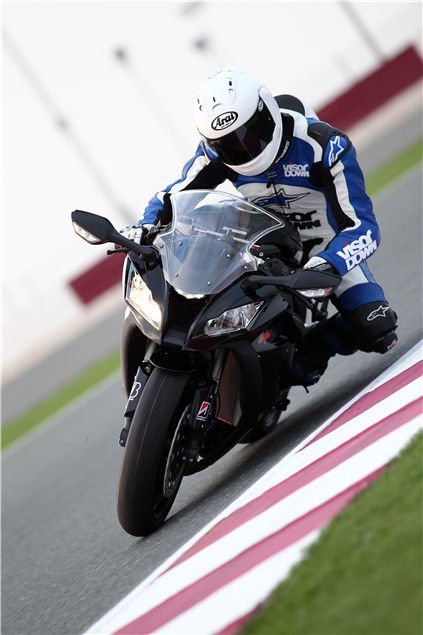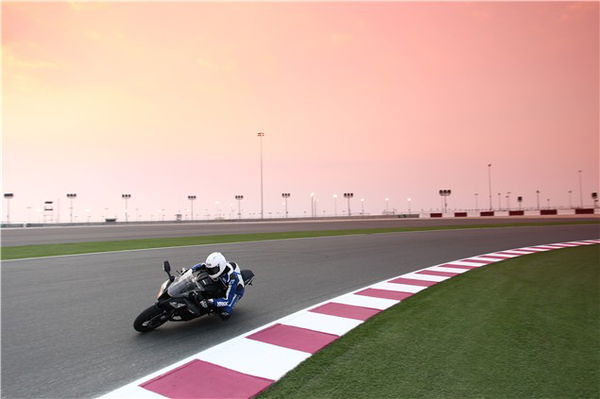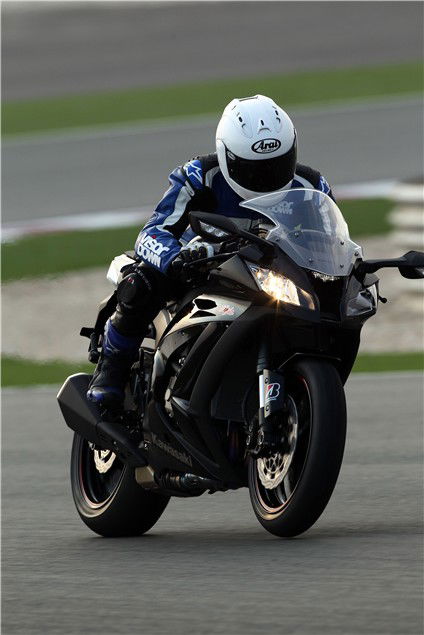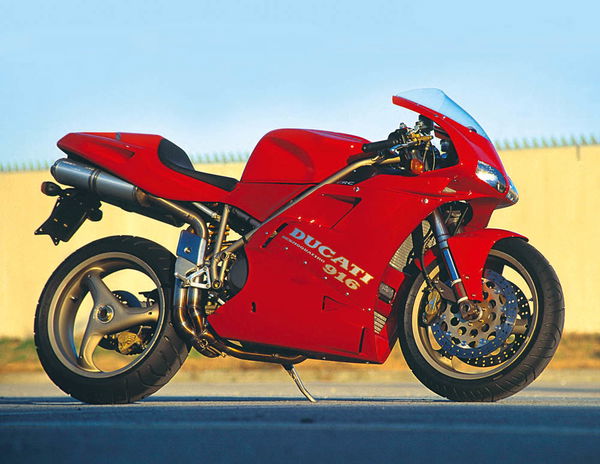Technically speaking: Kawasaki S-KTRC
Traction control has come a long way in just a few short years. S-KTRC is the most advanced yet seen on a road-going bike. So what's it all about?
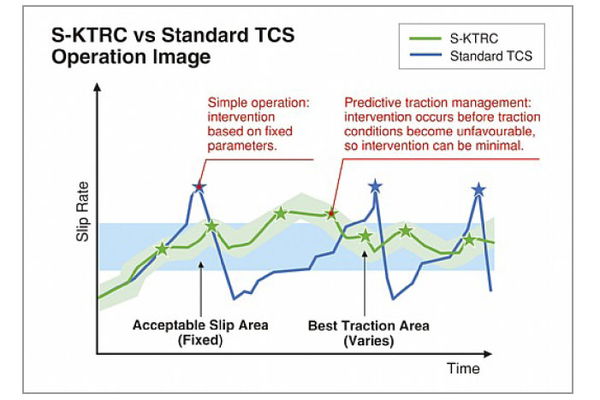

Kawasaki's S-KTRC is a leap on from other traction control systems, especially Kawasaki's original KTRC. So what makes it so good?
I rode the new 2011 ZX-10R with S-KTRC at the Losail circuit in Qatar on the world launch. Before we went out on track we were shown a lengthy presentation detailing the technology that Kawasaki are - quite rightly - proud of.
The green line in the graphs shows the S-KTRC system on the ZX-10R and how it aims to finesse engine power to keep traction within a limit, rather than cut power to regain traction at the expense of drive.
Kawasaki say: 'S-KTRC (Sport-Kawasaki TRaction Control), Kawasaki’s predictive race-type traction control, helps riders push harder on the racetrack by maximising acceleration.'
The system has been developed from Kawasaki's time in MotoGP and unlike the KTRC system used on the 1400GTR ABS, S-KTRC has been designed to maximise forward motion and not just offer reassurance when riding in changing conditions. According to Kawasaki, S-KTRC is designed to enable riders to push the edge of traction. Well, that's the aim.
If you've watched MotoGP in the 990 era, you'll know that in order to get the best lap time, the riders had to slide the bikes on the exit of corners. Too little slide and they weren't treading close enough to the limit, too much slide and they weren't getting enough traction to drive forward.
Unlike normal traction control, S-KTRC has been designed to allow rear wheelspin. However, the ideal amount of spin varies according to a number of parameters that are all monitored by the S-KTRC system: front and rear wheel speed (slippage), Δ engine rpm, Δ throttle position, Δ slippage and actual acceleration.
These variables are measured every half of a split-second. That's pretty impressive.What's more impressive is that the system builds up a picture based on the data it gathers so it can predict and plan for what's about to happen. As you start to lose traction, the system recognises this and will allow the bike to slide within the limits of traction, rather than cutting power as soon as traction is broken.
This finesse means that there isn't a sudden drop in power which would result in weight transfer that would cause the bike to move.
Riding the ZX-10R tells a story that no amount of technical blurb could. The main point I noticed is that the traction control system is so smooth. When you're riding normally, it is hard to know when it's cutting in.
Lap after lap my confidence in the system increased and after just a handful of laps I was opening the throttle wide open in 1st on the exit of a hairpin, feeding in 2nd and then 3rd.
The rider behind me said the ZX-10R laid a long black arc as I went through the gears. In 1st at full throttle leant over, the system did cut in obviously, but only for a slight moment with just a wiggle at the bars, in 2nd at full throttle and still leant over, I could feel the rear suspension working hard and the bars moving slightly as the traction control tempered 200-ish horsepower into a usable figure. In 3rd any trace of traction control had vanished, even though it was clearly still working in the background as the ZX-10R continued to lay down a thin black line.
There isn't an anti-wheelie as such, however the system is capable of determining the rate at which the front wheel is lifting and if it's progressive, it'll allow it, if not, it'll cut it back. So you can manage to drive hard out of a corner with the front wheel just in the air. Don't expect to pull start-finish straight 12 o'clock wheelies though.
For the everyday rider like you and I, traction control isn't going to turn us into Rossi-botherers but it does give you the confidence to get on the power when you want to, rather than when you feel it's safe for you to do so. And because you can feel when the traction control kicks in, you get a better idea of how much power you can dial in. So the next time you exit that corner, you can get closer to the limit with more finesse, rather than just opening the throttle wide and hoping for the best.
You can of course switch S-KTRC off but once you've held a long slide, I guarantee you won't.
��
